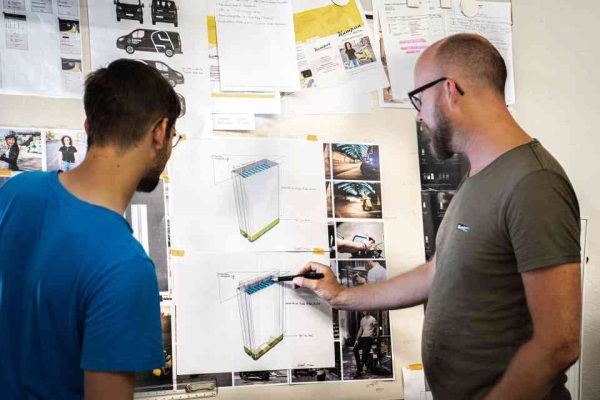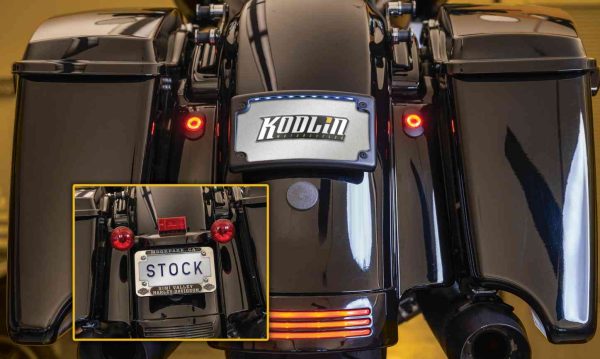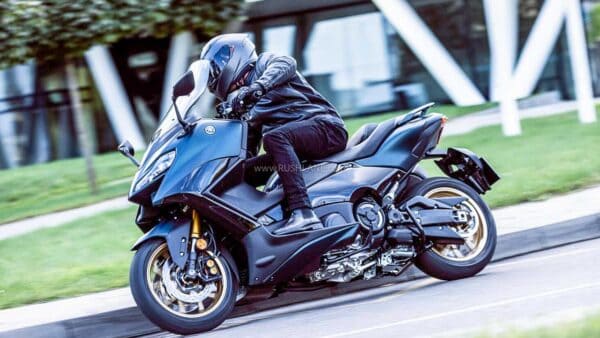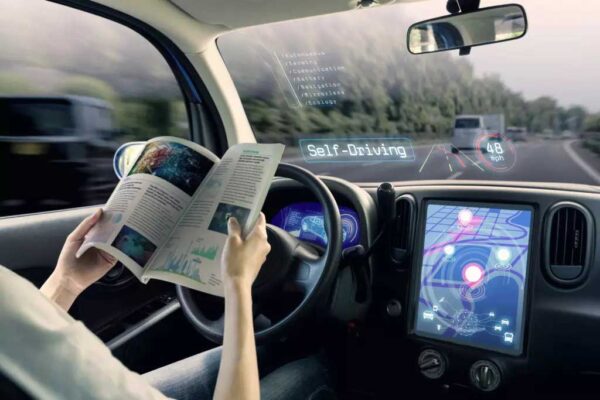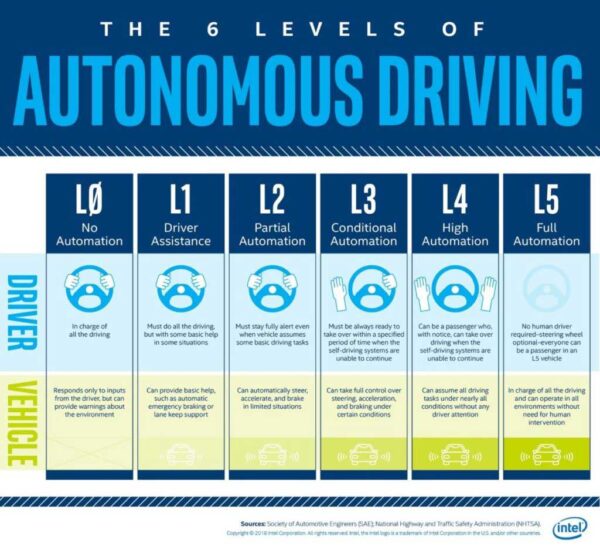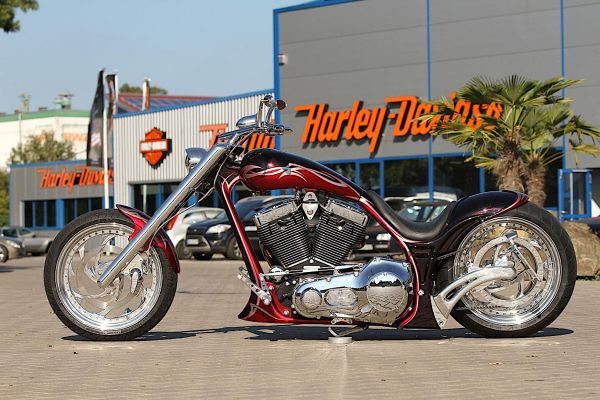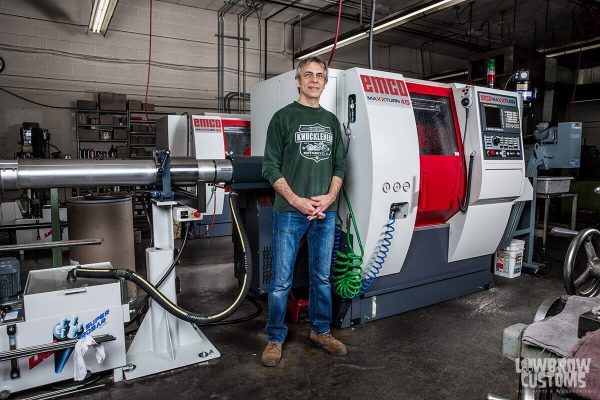From https://www.motorists.org By Gary Witzenburg, Automotive Senior Writer and Contributing Editor, President of the North American Car, Truck, and Utility of the Year, and NMA Member. Editor’s Note: HOUR Detroit Magazine has graciously permitted the NMA to publish this piece, which initially appeared in a slightly different version on its pages. Please Click Here to Read Part 1. Missions and Issues “Automated vehicles’ potential to save lives and reduce injuries is rooted in one critical and tragic fact: 94 percent of serious crashes are due to human error,” contends the National Highway Traffic Safety Administration (NHTSA). “Automated vehicles have the potential to remove human error from the crash equation, which will help protect drivers and passengers as well as bicyclists and pedestrians.” Another mission will be to provide much-needed mobility for the aged and disabled, though ride-hailing services such as Uber and Lyft are already serving many Americans. “Roads filled with automated vehicles could also cooperate to smooth traffic flow and reduce traffic congestion,” NHTSA continues. “With automated vehicles, the time and money spent commuting could be put to better use. In many places across the country, employment or independent living rests on the ability to drive. Automated vehicles could extend that kind of freedom to millions more.” But major hurdles lie ahead. To be as safe as envisioned, AVs will need to see, understand, analyze, and react to everything around them through a complex system of sensors, radar, LiDAR (radar-like, using laser light), and visual and thermal cameras. All that will add a lot of cost. And how effective will those systems be in darkness and nasty weather? When dirt covers their lenses? When snow blankets lane markers and road edges? “Inclement weather is a challenge,” says GM engineer Jason Fischer, “We are working with suppliers on advanced cleaning

